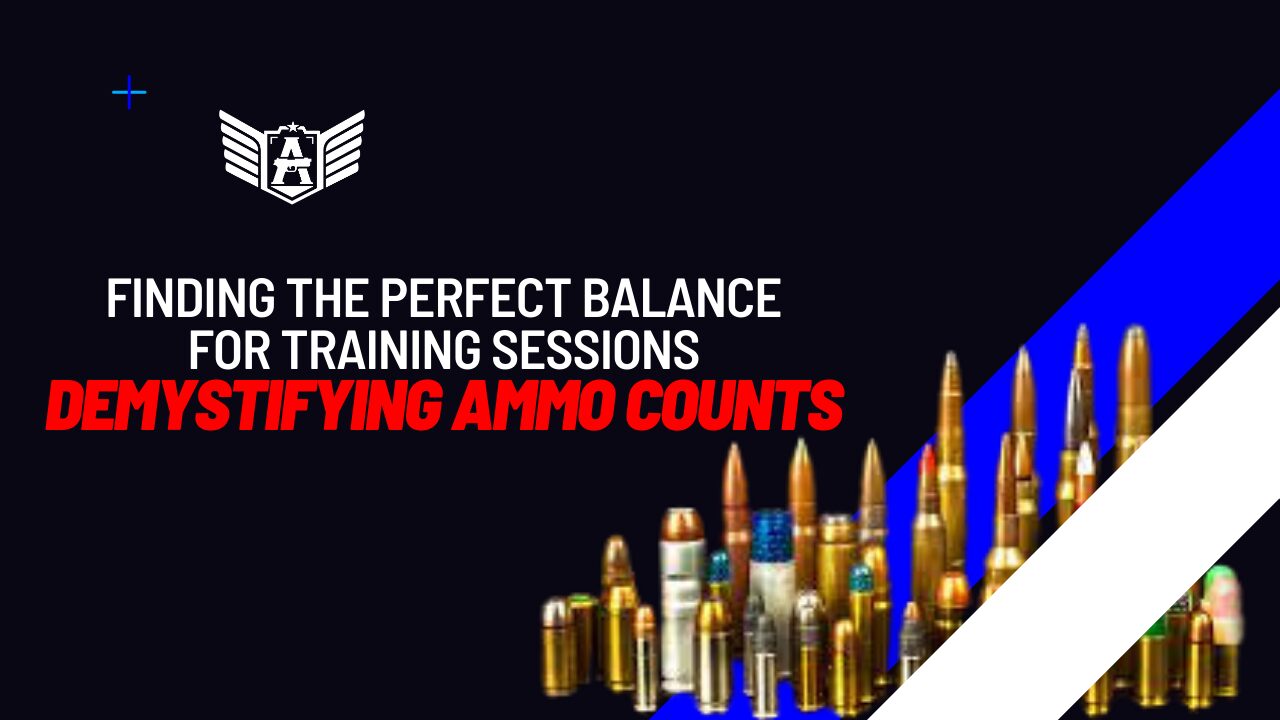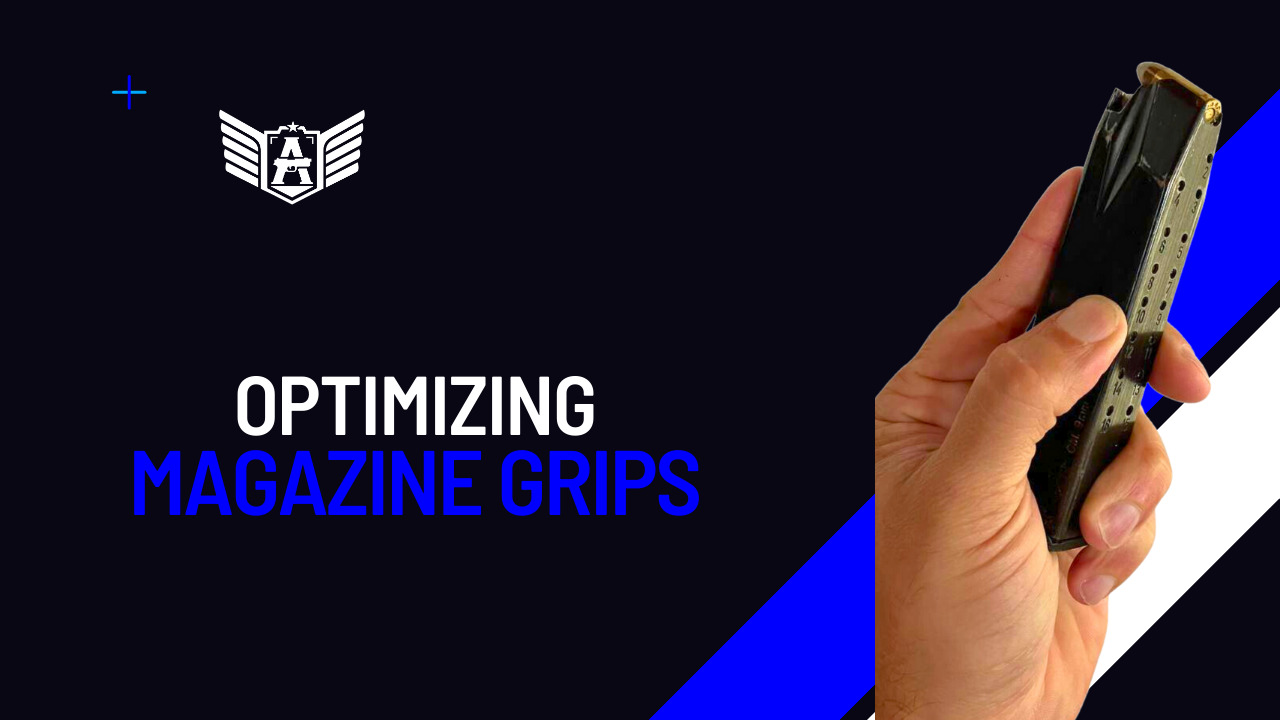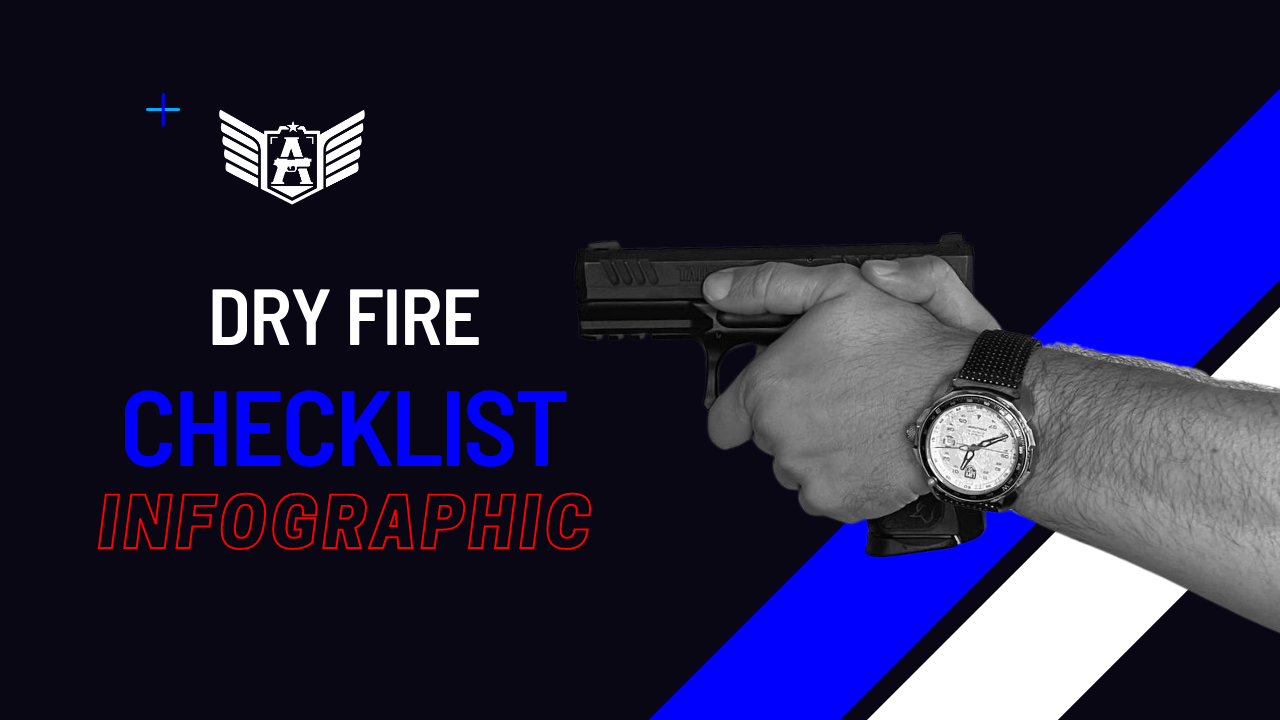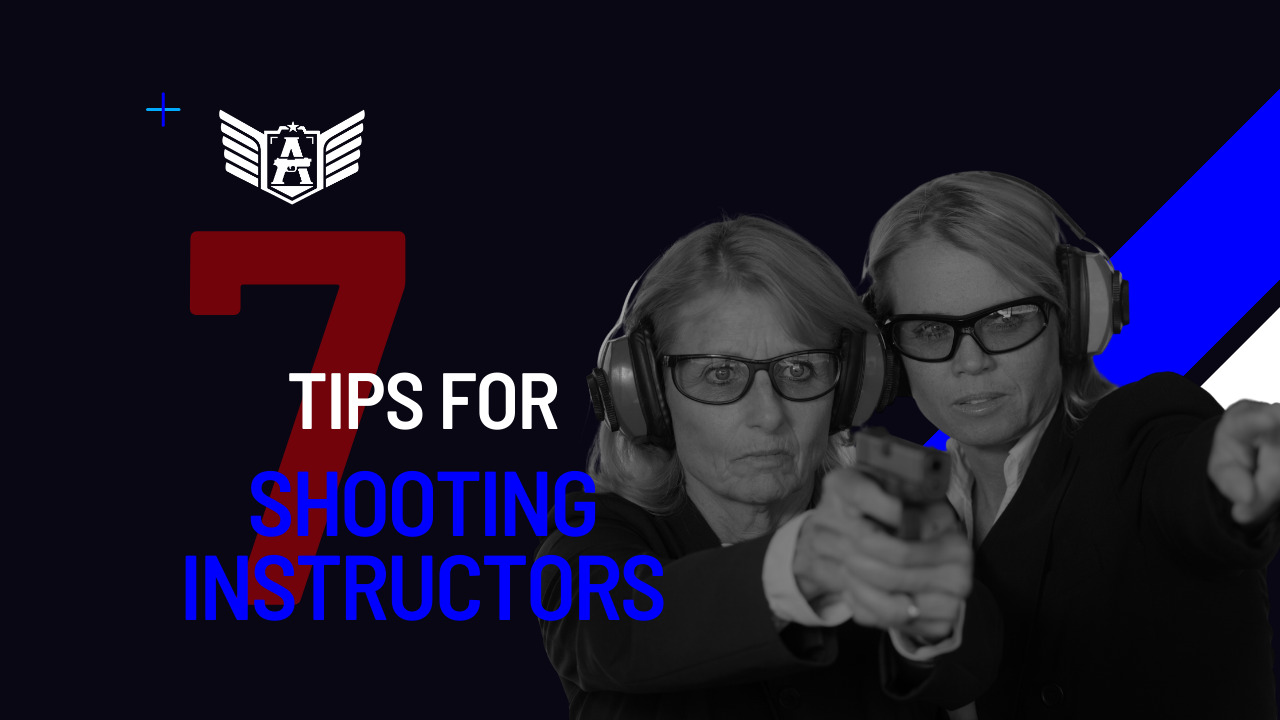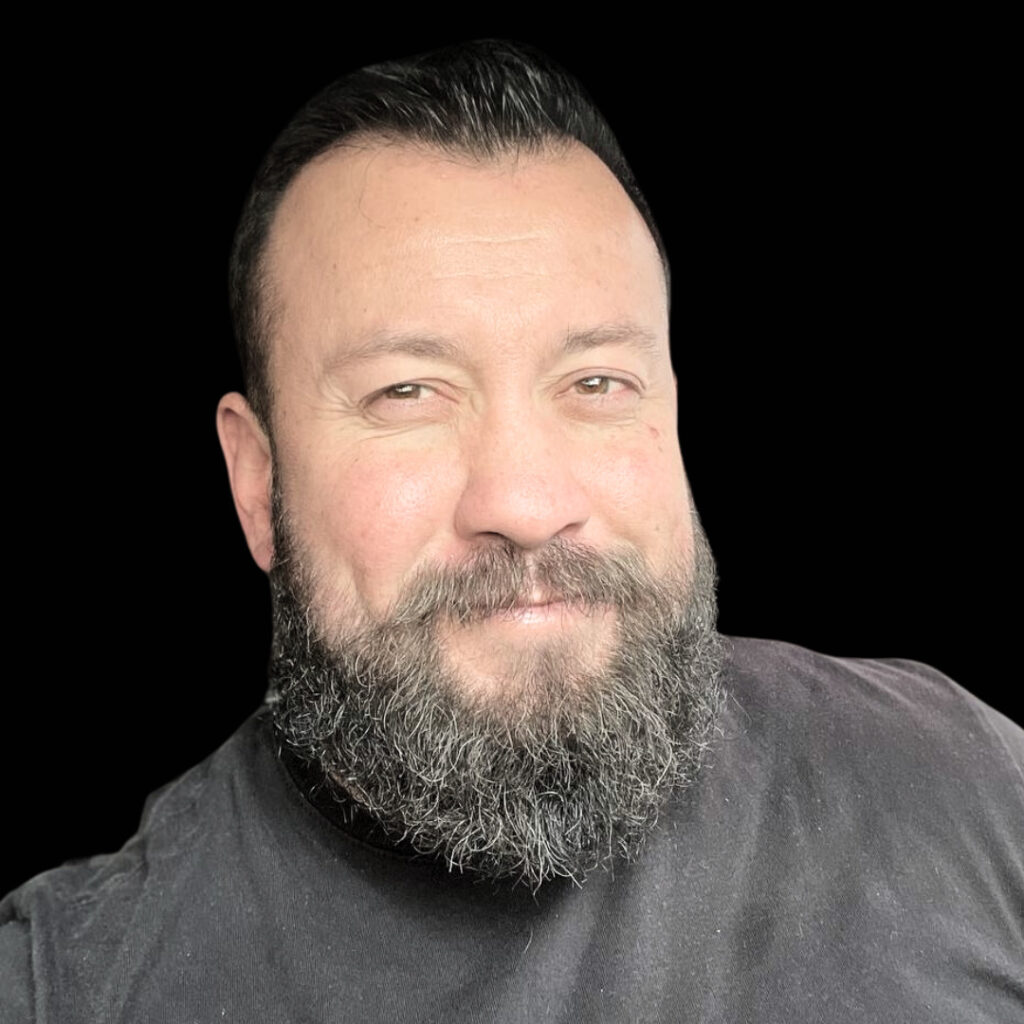
How many shots should there be in a training session or course? This question is controversial, and honestly, it often irks me when I see people measuring training sessions or courses by the number of shots fired. It’s not worth mentioning that training should not be confused with a course, yet people assess these sessions by the number of shots. “Today I fired, I don’t know how many shots during the course,” they say. My goodness, imagine if you were hiring an engineer, and your criterion for evaluating the engineer is, “My dear, how many bricks have you laid in your life?” How many bricks should I lay in my house to decide whether or not to hire you? It’s unrelated. Such quantitative information reveals no qualitative aspect. Quantity and quality in this context are not closely related.
But the question remains, how many shots should there be in a training session or course? First, let’s reiterate: do not confuse training with a course. A course aims to teach a new skill. Normally, you have an instructor presenting this technique to the trainees in a didactic, well-founded, and corrected manner. Training, as the name suggests, aims to repeat, redo, reinforce, and should not be confused with a course. Training sessions are generally much shorter than courses.
As a comparison, at ABA Intl, the basic pistol shooting course lasts 17 days, while the Ares project, the ABA Intl’s continuous training program, lasts between 1 and 2 hours. The former is a course, the latter is training. Understand the difference? One does not replace the other, and both should be conducted, but they serve different objectives and methodologies.
But what’s the answer to the question, how many shots should there be? The answer is always the most classic one possible: it depends. But let me explain further. What does it depend on? For example, it depends on the objective of your course or training. Some desirable motor patterns require more ammunition consumption.
For example, fundamental shooting when my goal is to improve my shooting fundamentals,my ammunition consumption is relatively low. I don’t need to shoot much; my shooting mainly serves to confirm what I’m already training in dry fire. Occasionally, however, there are some things that require ammunition consumption. For example, recoil control training. If you want to control recoil, there’s no way around it; you need to shoot live rounds because nothing is identical to your firearm.
In this case, you need to use your hands, your firearm, and even your ammunition. And ideally, when practicing cadence, you use the ammunition you’ll actually use when you want to control cadence. If it’s combat shooting, reload ammunition won’t suffice. You have to use real ammunition. Understand?
In summary, some trainings require more ammunition, others require less. A basic training session, from my point of view, can consume about 50 rounds without detriment to anyone. But this is just a guideline, and performances can be accomplished without firing any rounds. And there are those that require more, tactical order training, usually those that tell us what to do and not how to do it, typically require fewer shots.
Imagine, for example, a one-man CQB training or a confined space training for home defense, which is not to be confused with law enforcement CQB. A course like this is one where you can enter and exit without firing a single shot, without any loss of content. So, in conclusion, don’t focus on the quantity of shots when it comes to training. The ideal number of shots for training or a course is the one necessary for the content to be conveyed or trained clearly.

